Placing the Blame Where It Belongs
I know the photos are upsetting, believe me. But you have to understand a problem in order to fix it. And that’s what we want you to do—to start understanding the real source of the problem. The killing of homeless and unwanted animals isn’t going away, and it’s not because animal shelters don’t care (they do, and many workers pour their hearts into their work). The real reason—and here’s the truly shocking part—is that many dog and cat lovers are the problem. That’s right—the very people who should care the most are often the ones who create the problem.
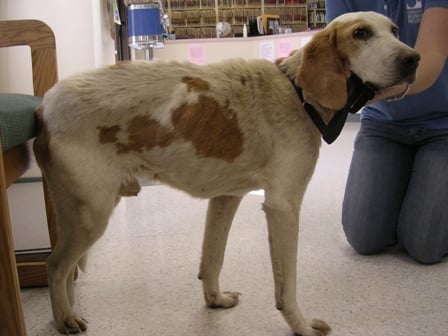 |
Shelter workers will tell you that dogs and cats come through their portals with embroidered blankets, painted toenails, or folders filled with “papers”—signs that the animals were once valued. Some were bought on a whim as Paris Hilton–style “arm candy,” and others were surrendered because their guardians went off to college; went on vacation; moved north, south, east, or west; married someone who was allergic; got divorced; or couldn’t be bothered to cope with the animal’s barking, fur, size, or normal physical and psychological needs. (Surprise—animals actually need to be fed and walked, and their litterboxes need to be cleaned too.)
Many of the “dumped” are living, breathing testaments to the collapse of sub-prime mortgages and loans. We acquired beyond their means, so when times got hard, pink slips arrived, and bills mounted, thousands of Princesses and Peppers and Peaches ended up on the street, literally and figuratively. And they’re still pouring through the doors of animal shelters—the ones, that is, who weren’t left in abandoned houses, later to be found barricaded inside closets or on chains in backyards.
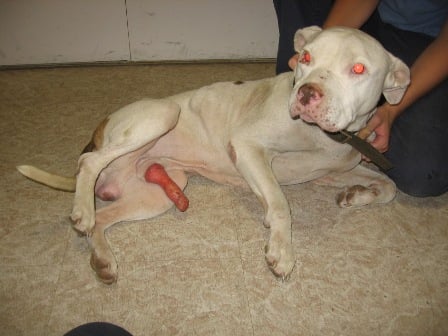 |
Some refugees from human failures and home foreclosures will languish in a shelter cage for life. You can see them, turning in ever tighter circles; barking frantically at every visitor, as if to recount their story; or sitting with their backs turned to the world, unresponsive to sweet talk, all hope gone. Every one of these anxious individuals must wonder how it is that this guardian or that family, their family, their person, who they believed would always be there to care for them, has vanished, leaving them confused and displaced in an unfamiliar and uncomfortable cell.
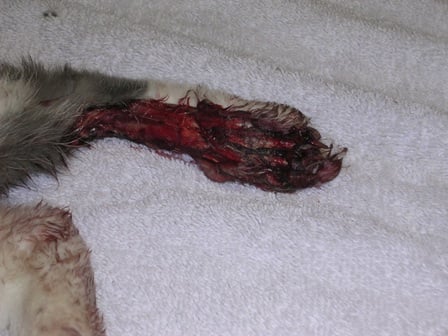 |
Unwanted dogs and cats are, in their own way, a bit like carbon emissions: They are invisible to most of us because they are kenneled in animal shelters that are often tucked away on the wrong side of the railroad tracks, in impoverished neighborhoods, or down country roads. They are hidden, unlike the animals in bright, shiny mall pet shops. Like carbon emissions, they are the product of careless and egocentric lifestyles and a reluctance to connect the dots.
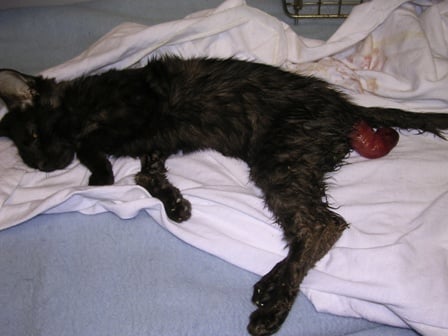 |
This year, animal shelters will be forced to kill millions of wonderful dogs and cats for want of one thing: a good home. Why? Because many of the people in your local dog park or veterinary waiting room—people who truly love their dogs and cats—have behaved irresponsibly by obtaining an animal from a pet shop or breeder and failing to have him or her spayed or neutered.
These are the people who are responsible for taking the lives of homeless animals—not your local shelter workers. For, just as buying clothes that were made in sweatshops supports child labor, buying a dog or cat from a breeder or pet shop contributes to the death rate in shelters. Let me be clear: There is no such thing as a responsible breeder.
When people buy a dog or cat, perhaps they think that homeless animals don’t factor into their purchase, or perhaps they are honestly oblivious to the hundreds of thousands of animals who are waiting on death row at that very moment. I’m sure that such people don’t see themselves as signing some animal’s death warrant when they sign their credit card receipt, but that’s what they are doing. They have room in their home and heart that could be filled by rescuing one of those wonderful, loving dogs or cats who were booted out, got lost, or fell victim to a human’s accident or death. They would have felt that animal’s gratitude for years to come.
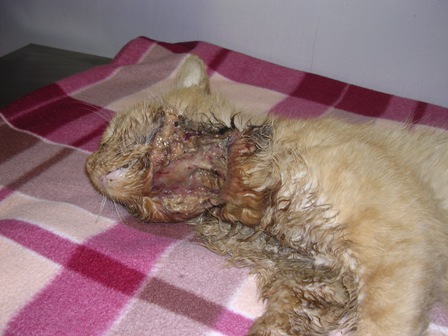 |
There is one more way in which people add to the crisis, and that is by fooling themselves into thinking that it doesn’t count if they breed their dog or cat just one time. But it does matter very much. Please join PETA in calling on the governors of all 50 states to endorse mandatory spay-and-neuter laws that would require dogs and cats to be sterilized unless their owners purchase an annual breeding permit—the cost of which would fund low-cost spay-and-neuter services.
Everyone who breeds their dog or cat believes that their friends will flock to take home the new arrivals. After all, that animal is the prettiest and smartest in the world. But again, a pound pup or shelter Siamese could fill that space (to say nothing of the spaces that will later be taken up by the descendents of those new puppies and kittens if they aren’t spayed or neutered before they’re given away). And if homes can’t be found for all those adorable pups and kittens, people find themselves handing them over the counter at the animal shelter accompanied by those six conveniently guilt-shifting words, “You won’t kill them, will you?”
Written by Ingrid E. Newkirk
